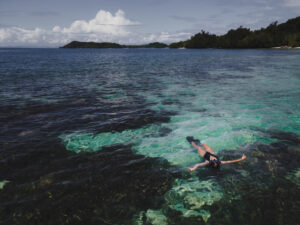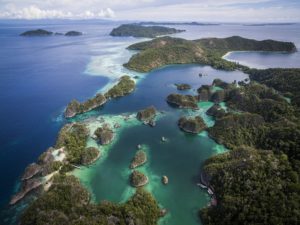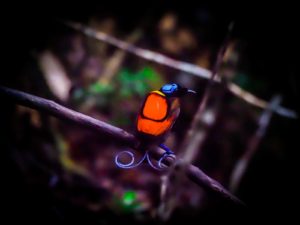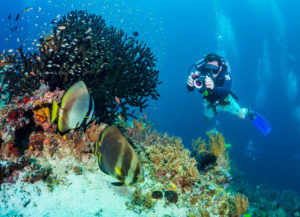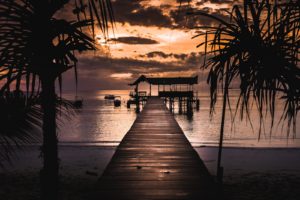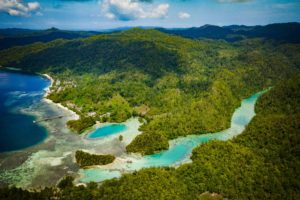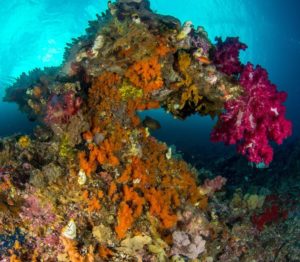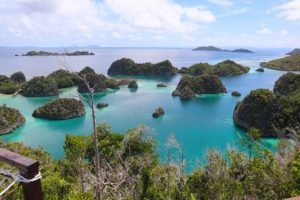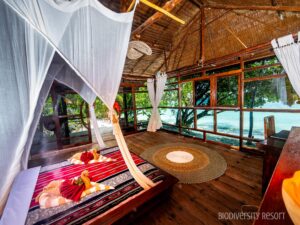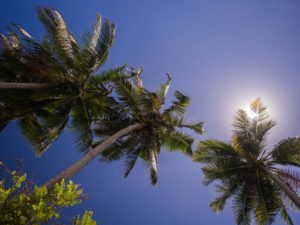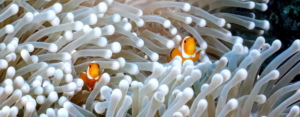Hidden among the forage of the Australasian forests, couscous rests among the branches and prepares for a long night. Having the chance to see one of these animals in its natural habitat is a great challenge, but also one of the most rewarding and enriching views you can take of the southern area.
Discover the Couscous, a really curious travel companion, but what is a Couscous?
A mammal and an excellent climber, the couscous was once considered a species related to monkeys, both because of the ease with which it climbs and hangs from trees with its tail, and because of its undeniable physical resemblance to primates. However, it
was later found that it is a marsupial (yes, yes, the kind that carries a bag for its young) related to possums.
Couscous and marsupials in general are typical animals of the Australasian area (Australia, New Zealand and nearby archipelagos). There are four different species of couscous known, but we do not want to bore you, so if you wish to know more, we
leave you more information on here. What we are going to tell you are the very interesting peculiarities of these exotic but at the same time little known mammals.
Couscous is not a Monkey
Couscous can be confused with a monkey, a lemur, and even with the sloth, but as we said, it is a marsupial of the possum family. Confused with a monkey, for its ease in climbing trees and hanging on its tail from branch to branch. With the lemur for its big eyes, its thick coat and its general appearance, and with the sloth for its similar physical appearance and slow movements.

Lazy Couscous
This velvet-coated animal is known as the laziest animal in existence. He spends the whole day resting among the branches and only begins its day at night. It is omnivorous, but it feeds mainly on leaves and fruits, if only sporadically and by chance it will eat some bird or small reptile. Hunting is not its thing.
Noisy courtships
Small ears, so that they are not too disturbed by noise during their long day of rest. Huge eyes to easily manage in the dark, as night is their only time of activity. It is also during the night when they have the opportunity to eventually make a courtship, only if they are lucky enough to find a possible partner. At times like this it is when this silent animal can usually be a little noisy. It confronts the other male, it snorts, grunts, screams, in short it is quite violent, but it is very rare that it comes to blows.

Coucous at Risk
Their coat is different depending on whether they are male or female. While the female exhibits a smooth whitish-gray coat, the male has more brown, orange, and irregularly spotted shades of hair. The tail of this species, however, is bare at the end, as this helps them to hold on better and wrap themselves around branches. Unfortunately, the hair of this animal is highly prized. This is one of the reasons why its unregulated capture is quite common, in addition to the consumption of its meat, equally valued in these areas. Indiscriminate logging is another risk for couscous.
A small animal weighting less than one kilogram and with an average height of about 40-45 cm, the female couscous can gestate two to four young in each litter, and carry them in her marsupial bag for six to seven months. Although usually only one of the pups comes out of the bag and survives.
Did you think you were only going to see marine species in Indonesia? Check all our trekking excursions here and discover the couscous and many more curious and amazing species.
Do you realise how wonderful and diverse nature is? Everything it has to offer? Help us take care of her.





